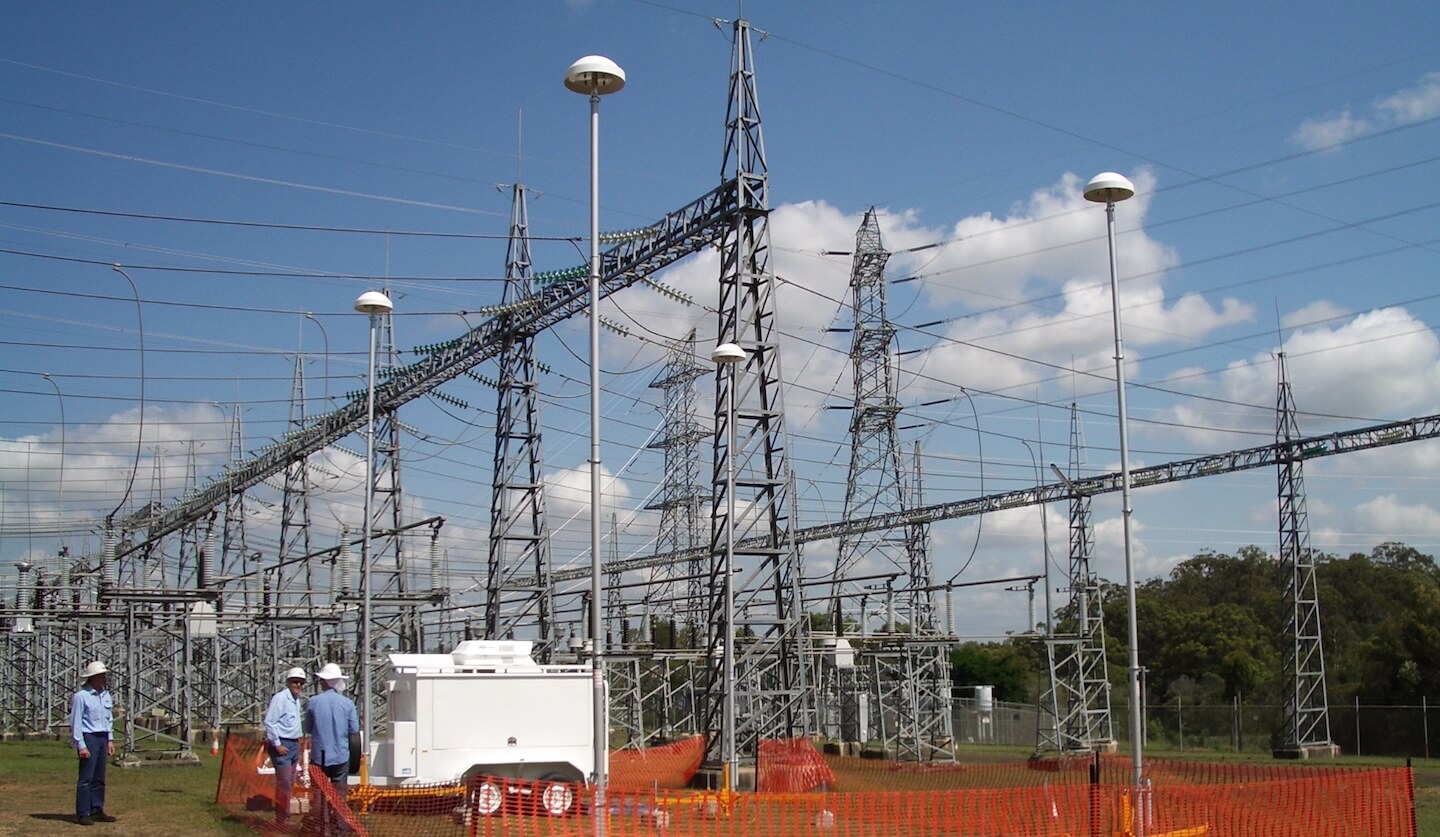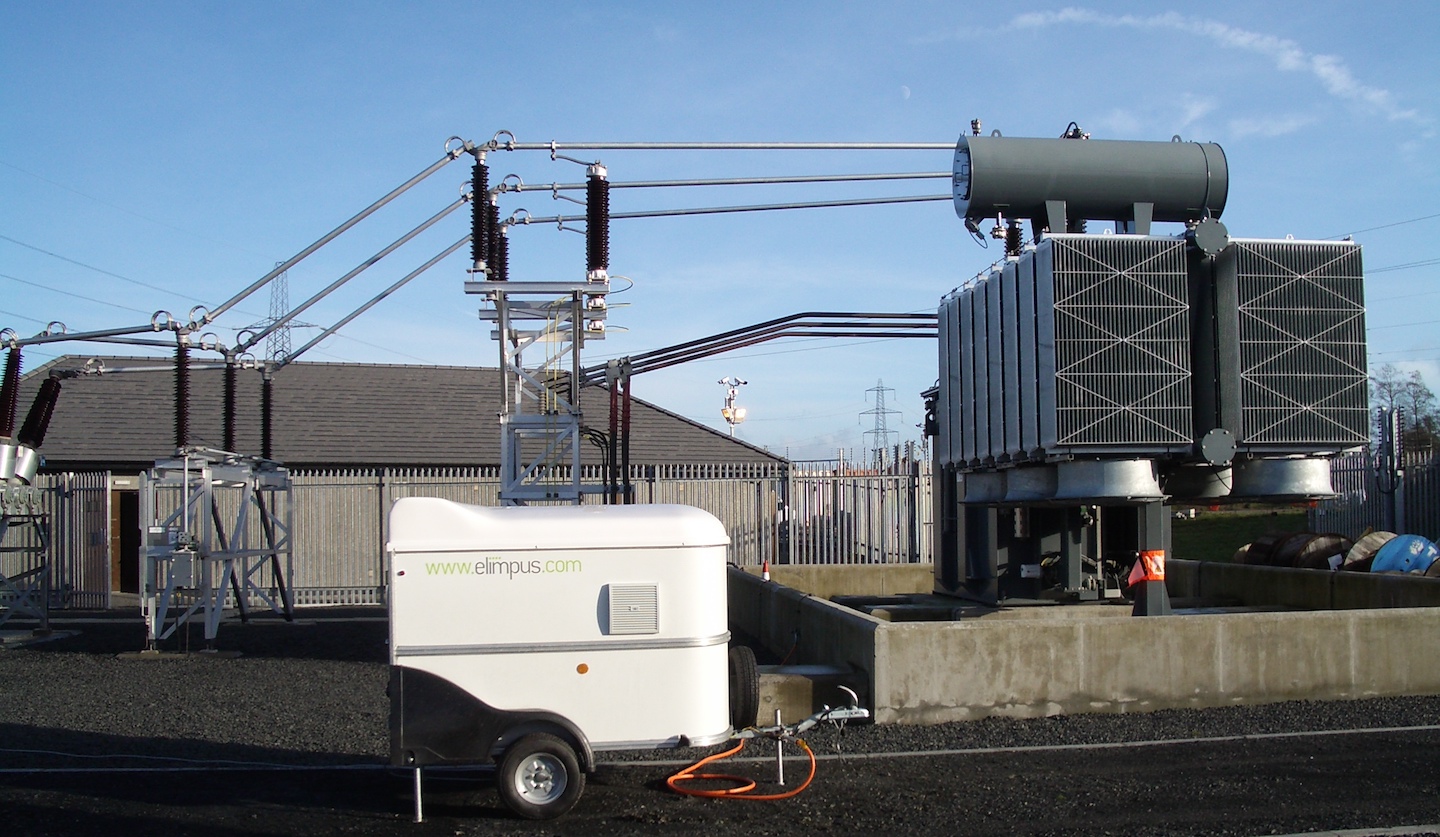Our consultancy ranges from advising customers on PD monitoring approaches and providing technical expertise on product development for high voltage maintenance via condition monitoring, to analysis of failed or faulty high voltage equipment.
Our research is directed towards helping our customers succeed in a changing world. We develop new high voltage maintenance products and technologies based on our customer requirements, product improvement needs and technology capabilities.
Transmission and distribution utilities worldwide use our consultancy and research services to advise on technical issues, wherever high voltage maintenance is a necessity. Get in touch with us to see how we can help you ensure your ongoing power system protection.
Benefits
Projects
What Our Clients Say
“Elimpus’ innovative and flexible approach to developing solutions and to solving technical problems has made working with them a very positive experience and we look forward to working with them again in the future.”







